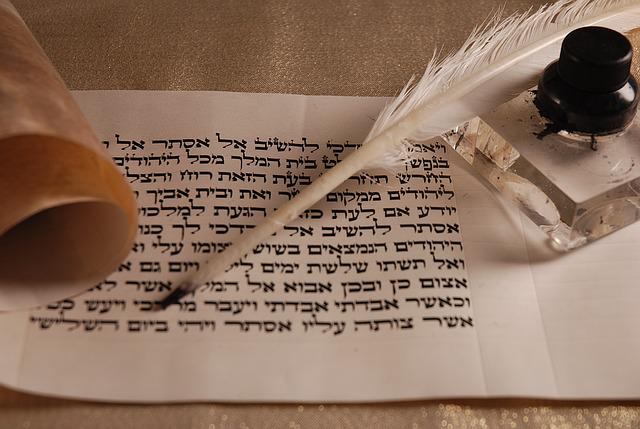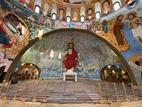The text in an ancient Hebrew scroll which was destroyed by a fire was finally recovered and translated by experts, revealing that the scroll contained verses from the book of Leviticus.
The successful recovery was done with the assistance of "virtual wrapping."
According to University of Kentucky professor Brent Seales, "We are reading a real scroll. It hasn't been read for millennia. Many thought that it was improbable to read."
Although the experts remain uncertain as to the true age of the parchment, carbon dating places that the scroll could have been done sometime around the third or fourth century. It was discovered in 1970 and it is likely included in a synagogue fire sometime in 600 AD.
Seales added that the scientists were able to make a discovery when they scanned the fragile scroll with the use of a micro-CT scanner which allowed his team to digitally unpack the object. Later on, they asked the assistance of experts regarding the Hebrew texts. An expert from the Israeli Antiquities Authority had sent him the results of their project and said that the lines were readable.
It was Hebrew University of Jerusalem biblical scholar Michael Segal and his colleague Emmanuel Tov who analyzed the text and the scroll once it was made readable.
After it was translated, the scroll is now known as the En-Gedi scroll. It has consonants but does not have any vowels. Experts said that it represents the oldest scroll in Hebrew for the first five books of the Bible.








